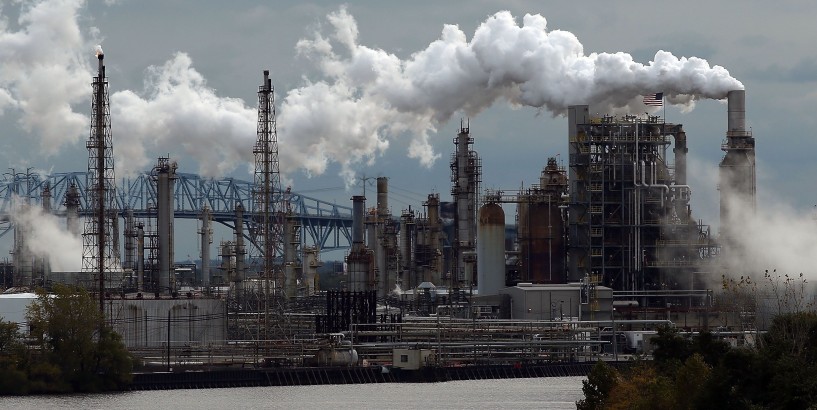Getty Images Oil futures hit a six-week high on Thursday as a storm built in the Gulf of Mexico, threatening crude output, while an incident with a British tanker in the Middle East highlighted ongoing tensions in the region.
U.S. West Texas Intermediate (WTI) crude futures were up 34 cents, or 0.6%, at $60.77 a barrel by 0337 GMT, after earlier touching the highest since May 23 at $60.83. They gained 4.5% in the previous session.
Brent crude futures reversed early losses and were up 30 cents, or 0.5%, at $67.31 a barrel, after rising to as high as $67.38, the highest since May 30. They ended Wednesday up 4.4%.
Five boats believed to belong to Iranian Revolutionary Guards approached a British oil tanker on Wednesday and asked it to stop in Iranian waters close by, but withdrew after a British warship warned them over radio, a U.S. defense official said on Thursday.
Tensions have been high in the Middle East after attacks on tankers and the downing of a U.S. drone by Iran last month, following President Donald Trump's unilateral withdrawal from a multi-party agreement with Tehran to end its nuclear program.
U.S. oil producers on Wednesday cut nearly a third of Gulf of Mexico crude output ahead of what could be one of the first major storms of the Atlantic hurricane season.
Fifteen production platforms and four rigs were evacuated in the north central Gulf of Mexico, according to a U.S. regulator as oil firms moved workers to safety ahead of a storm expected to become a hurricane by Friday.
Oil prices were also supported by a decline in U.S. inventories. U.S. crude stocks fell 9.5 million barrels in the week to July 5, the Energy Information Administration (EIA) said, more than triple the 3.1 million-barrel draw analysts had expected as refineries ramped up output.
"There is nothing like an early start to the hurricane season to support oil prices, but looking under the hood of the EIA data, it paints an even rosier picture for U.S. oil markets," said Stephen Innes, managing partner, Vanguard Markets in Bangkok.
"Imports down, exports likely up and refinery utilisation at yearly highs," he said.
Stocks have now fallen for four consecutive weeks, according to the EIA.
Still, U.S. output is rising again after a brief drop from record levels, according to the EIA. Production last week rose to 12.3 million barrels a day.
"Rising U.S. shale production levels, subdued global economic momentum and existing trade uncertainties will cap bullish gains for crude oil futures," said Benjamin Lu, analyst at Phillip Futures in Singapore.









